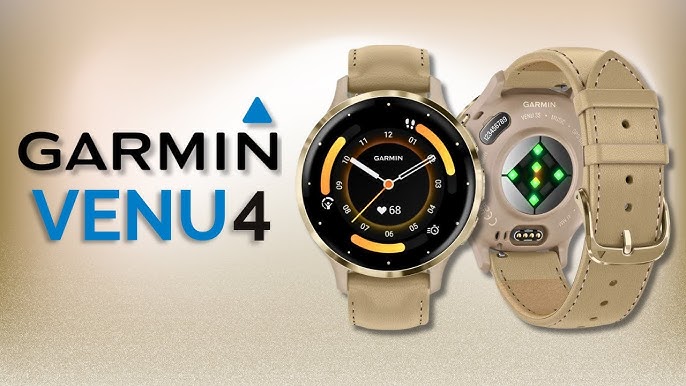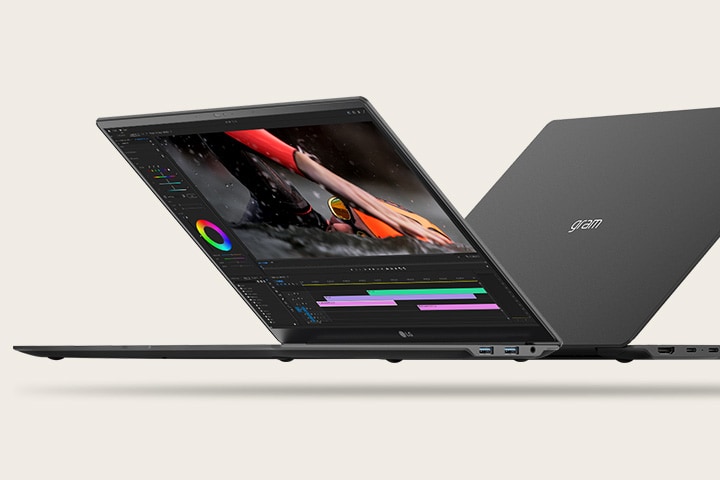introduction
Alright, let’s get real for a second. After three weeks of living with Xiaomi’s new Redmi Pad 2, I’m kinda convinced this thing is the Goldilocks of tablets—doesn’t suck, doesn’t cost a kidney, actually gets the job done. And trust me, I’m picky.
Just imagine: you’re on the hunt for a tablet, scrolling through endless options, sweating over price tags that look more like car payments. Cheap ones? Yeah, might as well tape your phone to a dinner plate. Then there’s the Redmi Pad 2, sliding into the scene like, “Hey, maybe you don’t have to settle for garbage or bankruptcy?”
So, I’ve been lugging this 11-inch slab around, and you know what? It’s not perfect (spoiler: nothing is), but for $199? I keep reaching for it. Here’s why.
Specs, If You Care:
- 11-inch 2.5K LCD, 90Hz (super smooth)
- MediaTek Helio G100 Ultra (fancy name, decent speed)
- RAM/Storage: 6GB/128GB or 8GB/256GB (go big or go home)
- 9,000mAh battery (absolute unit)
- Android 15 (HyperOS 2.1, whatever that means)
- Stylus support, microSD slot, and—bless—an actual headphone jack
But hey, you can read spec lists anywhere. Real talk: Most cheap tablets promise the moon and deliver… well, PowerPoint slides. This one? Finally, scrolling without lag. I could cry.
Let’s Talk Performance
So, what’s it like in the wild? AnTuTu says 410,000 points, but numbers are boring. I’m more into how it holds up spreeing, Netflix, hammering out emails, doodling, or getting my butt kicked in Call of Duty Mobile. The answer? Surprisingly good.
Games run smooth-ish on medium settings—COD Mobile, Genshin Impact, both playable, no meltdown. And those quad speakers? Loud enough to annoy your roommate. Watching YouTube or streaming anything, the screen’s crisp, colors pop, and the aspect ratio works whether you’re reading comics or watching movies.
If you’re a productivity nerd, the 8GB RAM version is the move. I had like six apps open, flipping between them, and it didn’t freak out or reload everything like some other tablets I’ve tried (looking at you, fire sale specials).
Battery Life: Absolute Monster
Can we talk battery? This thing just won’t quit. 9,000mAh means I’m getting 10-12 hours easy—streaming, gaming, whatever. I took it on a weekend trip (without the charger, felt reckless) and it didn’t die on me. Sure, charging with 18W isn’t exactly warp speed, but eh, you’ll live.
Design: Not Embarrassing in Public
Cheap tablets usually feel like kids’ toys. Not this one. It’s got a metal back, feels sturdy, looks decent on a café table. 571 grams, so not featherlight, but it’s balanced—didn’t get hand cramps reading for an hour.
Ports: Practical, Not Trendy
- USB-C (thank god)
- 3.5mm headphone jack (yes, for real)
- MicroSD slot (more storage, baby)
- Magnetic thing for a keyboard
And listen, the headphone jack? Bless Xiaomi for remembering some of us still use wired headphones and don’t want to carry seven dongles everywhere. Small win, but I’ll take it.
So yeah, Redmi Pad 2 isn’t a miracle gadget, but if you want something that works without emptying your bank account, it’s pretty damn close to perfect-for-most-people.
Display Quality: The Sweet Spot
You know, for an 11-inch 2.5K screen on a budget tablet, this thing looks way better than it should. Xiaomi claims 600 nits of brightness—yeah, that’s up from the last model’s 400—so taking it outside won’t leave you squinting like a mole. Though let’s be real, it’s not exactly blindingly bright in the sun either.
Colors pop just enough without making everything look like a cartoon, and that 90Hz refresh rate? Smooth as butter for scrolling. Is it going to make you forget about the iPad Pro’s screen? Not a chance. But for movies, ebooks, or the occasional game session on the couch, it’s more than fine.
Okay, tiny gripe: the bezels are still a bit chunky compared to what’s out there now. But you know what? That makes holding it easier—no more accidental thumb-taps mid-episode.
Software Experience: HyperOS Works
Running HyperOS 2.1 (built on Android 15, if you care), the tablet feels a million times less cluttered than Xiaomi’s phone stuff. Hardly any bloat, and whatever is there, you can usually kick out or at least hide.
The interface is legit tablet-friendly. Split-screen multitasking isn’t just a checkbox feature either—it works. Every app I tried looked normal, nothing stretched out or weirdly cropped, which is more than I can say for a lot of Android tablets.
Plus, Xiaomi promises regular security updates and at least two Android upgrades. Not bad for something in this price bracket.
Stylus Support: The Bonus Round
So, it’s got optional LTE and stylus support now. The stylus costs extra, but honestly, it’s pretty solid for jotting notes or doodling in class. No, it’s not as sharp as the Apple Pencil, but for the price difference? You won’t hear me complaining.
Palm rejection mostly works (emphasis on “mostly”), and the 240Hz touch sampling with the pen means drawing feels, well, like drawing. If you’re a broke student or just getting into digital art, this is a nice perk.
Yeah, But What’s the Catch?
Of course, it’s not perfect. Here’s the stuff that’s a little meh:
The Not-So-Great:
- Cameras are basic. Like, “Hi Mom on Zoom” quality. Don’t expect Instagram magic.
- 18W charging is, let’s face it, kinda sluggish in 2025.
- No Wi-Fi 6. Boo.
- Don’t expect smooth gameplay on max settings in demanding games.
- Quad speakers, sure, but bass? It’s more of a rumor than a reality.
The Missing Stuff:
- No fingerprint sensor (you’re stuck with face unlock).
- No water resistance, so don’t dunk it.
- Meh color choices. Not much to pick from.
Pricing and Value: Where It Shines
Starts at €199.99, which is wild considering what you get. Accessories like a stylus and case? Extra, but not outrageously so. This price puts it head-to-head with Amazon Fire tablets and Samsung’s cheaper Tabs.
Your options:
- 6GB/128GB Wi-Fi: $199
- 8GB/256GB Wi-Fi: $249
- LTE versions? Add $50-70


Honestly, for €249, you’re getting something that’ll do 90% of what most people need from a tablet, at a price that won’t make your wallet cry.
Who’s This For, Anyway?
Perfect if you’re:
- A student who needs a reliable device for class, notes, or research.
- Someone who is spiring, Netflix, or reads a ton, and wants a big-ish screen.
- A casual gamer (as long as you don’t expect PlayStation-level graphics).
- Watching your budget but refuse to buy total garbage.
- Looking for a handy second device for the sofa, travel, or your nightstand.
Maybe skip it if:
- You’re a pro artist or video editor who needs max juice.
- Cameras matter to you. They’re just… there.
- You want the absolute fastest tablet on the block.
- You refuse to settle for anything but metal-and-glass luxury.
Bottom Line: Budget Champion
After a few weeks with the Redmi Pad 2, I gotta say, this thing just nails the basics. Faster chip than last time, still has expandable storage and—hallelujah—a headphone jack.
It’s not pretending to be a do-it-all iPad Pro killer, and that’s exactly why it works. Xiaomi just focused on what matters: a good screen, a solid battery, decent speed, and useful extras. Nothing weird, nothing missing for everyday use.
Is it gonna replace your laptop? Come on, let’s be real. But will it stream your shows, let you read comics, play lightweight games, and handle docs without drama? 100%.
For the $199-249 range, this is hands-down one of the best values out there. No “budget tablet regret” here. In a world of overpriced flagships and crummy cheap tablets, the Redmi Pad 2 feels like a rare win.
I'm Salim, the creator and tech enthusiast behind this website. My passion for technology has been a lifelong journey, fueled by a deep curiosity about how things work and a desire to explore the latest gadgets and innovations that shape our world.




